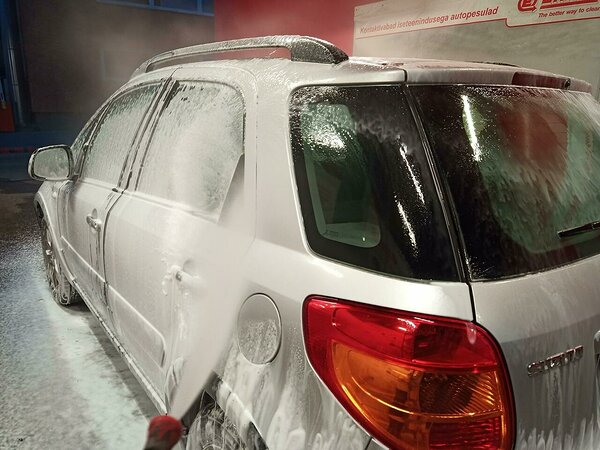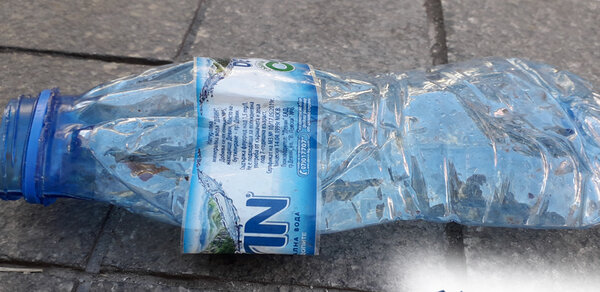Quiz about water
If you're looking to build up your knowledge on the subject of water, test our quiz: it contains 13 questions and 13 explanatory short stories.
If you get the answer wrong, try again. If you get it right the first time, you earn 2 points.
If you answer correctly on the first attempt, you score 2 points, on the second attempt 1 point.
The correct answer will be shouted out by the northern lapwing.
The wrong answer will be shouted out by the great reed warbler.
In the European Union, the average urban dweller consumes 144 litres of water per day. In Estonia, compared to the EU average..
In the European Union, the average urban dweller consumes 144 litres of water per day. In Estonia, compared to the EU average..
In Estonia, it makes sense to drink good quality tap water instead of bottled water. Speaking of money, how many times does bottled water cost more than tap water?
In Estonia, it makes sense to drink good quality tap water instead of bottled water. Speaking of money, how many times does bottled water cost more than tap water?
Which method uses less water to wash the same amount of dishes?
Which method uses less water to wash the same amount of dishes?
In many private gardens, a lot of clean drinking water is used to water lawn and plants. How much did the water use of residents in Viimsi municipality, near Tallinn, increase due to garden irrigation during the 2023 drought?
In many private gardens, a lot of clean drinking water is used to water lawn and plants. How much did the water use of residents in Viimsi municipality, near Tallinn, increase due to garden irrigation during the 2023 drought?
Europeans use the most water (40 litres per day each) for two activities - showering (or bathing) and...
Europeans use the most water (40 litres per day each) for two activities - showering (or bathing) and...
Which uses more drinking water as a rule - a bath or a shower?
Which uses more drinking water as a rule - a bath or a shower?
In Estonia residents pay different prices for water services according to the pricelist of the municipality. In which county water is most expensive?
In Estonia residents pay different prices for water services according to the pricelist of the municipality. In which county water is most expensive?
Viimsi residents are among the largest users of drinking water in Estonia. While the average resident of Tallinn and Tartu uses 100 l., the average daily consumption of drinking water in Viimsi is about ..
Viimsi residents are among the largest users of drinking water in Estonia. While the average resident of Tallinn and Tartu uses 100 l., the average daily consumption of drinking water in Viimsi is about ..
How much of Tallinners drinking water comes from surface water of Lake Ülemiste?
How much of Tallinners drinking water comes from surface water of Lake Ülemiste?
Estonia's biggest water consumers are thermal power plants, which use water to cool their turbines. If the cooling water use of power plants is divided between the population, the cooling water consumption per inhabitant per day in power plants is..
Estonia's biggest water consumers are thermal power plants, which use water to cool their turbines. If the cooling water use of power plants is divided between the population, the cooling water consumption per inhabitant per day in power plants is..
It's wiser to wash your car...
It's wiser to wash your car...
World Water Day has been celebrated since 1993 to celebrate the value of water and to raise awareness that clean water cannot be taken for granted. When is Water Day?
World Water Day has been celebrated since 1993 to celebrate the value of water and to raise awareness that clean water cannot be taken for granted. When is Water Day?
Microplastics have been found in water, in our food and even in the human body. How much microplastics does a person consume per week?
Microplastics have been found in water, in our food and even in the human body. How much microplastics does a person consume per week?
More info:
https://keskkonnaportaal.ee/et/veekasutus
https://rohe.geenius.ee/rubriik/keskkond/suur-ulevaade-veekasutuse-vahenemine-eesti-taasiseseisvumise-algusest-on-olnud-markimisvaarne/
Half a liter of tap water costs €0.0006-0.001 in Estonia, depending on the municipality. A half-liter bottle of water costs around €1 in shops, or over a thousand times more. In volume, tap water therefore costs around 1000-2000 times less than bottled water. There are a few exceptions, but in Estonia the quality of tap water is generally very good. For example, a survey in Tallinn in 2021 showed that almost 90% of the population drank tap water. In addition to its high price, bottled water has a much larger ecological footprint than tap water. Bottled water can be transported hundreds or thousands of kilometers to the store, and non-renewable natural resources and energy are used to produce it. Long shelf-life and standing at room temperature can lead to microbial growth in bottled water.
More info:
https://rohe.geenius.ee/blogi/targa-tarbija-blogi/miks-juua-kraanivett-ja-missuguses-pudelis-seda-sailitada
https://jarvateataja.postimees.ee/5300090/miks-valtida-kuumal-ajal-pudelivett
https://tartuvesi.ee/vee-kvaliteet/tarbimisnouanded
According to various calculations, a modern and economical dishwasher uses 2-5 times less water to clean the same amount of dishes than it would by hand. Washing dishes by hand can also save water if you don't let it run all the time. When using a dishwasher, to save water and energy, it would be wise to load it up with a full load of dirty dishes rather than just a few plates. Contrary to common practice, it is not a good idea to rinse the dishes before putting them in the dishwasher. Firstly, rinsing wastes water, and secondly, the dishwasher's sensor will then misinterpret the dishes as almost clean and the cleaning may be incomplete.
More info:
https://www.treehugger.com/built-in-dishwashers-vs-hand-washing-which-is-greener-4858791
https://kodu.geenius.ee/rubriik/kodutehnika/muut-voi-tegelikkus-kas-nousid-peab-enne-noudepesumasinasse-panemist-kasitsi-loputama
In the 2023 dry season (May-June), the consumption of water in Viimsi Municipality increased by 37% compared to the usual period. The only logical explanation is that there was a massive irrigation of lawns, flowers and fruit trees. With such a high use, there was a risk that there would not be enough water for everyone and residents were asked to stop watering their gardens with drinking water. In Viimsi municipality, the planning of new residential areas was significantly curtailed, as there may not be enough drinking water for everyone. It is wise to collect rainwater in special containers for watering gardens.
More information:
https://www.viimsivald.ee/uudised/viimsi-valla-veeressursist-ja-joogivee-tarbimisest
https://www.err.ee/1609008830/viimsi-veekriisile-jatkusuutlikku-lahendust-ei-paista
Around 40 litres of Europeans' daily drinking water is used for bathing or showering and flushing the toilet. This is followed by laundry (20 litres), handwashing (15 litres), cleaning (10 litres), dishwashing (7 litres) and cooking (6 litres). Using good quality drinking water in the toilet is a waste of water. If possible, buy a dual-flush and/or a toilet bowl with a smaller flush tank, as this will save a lot of clean drinking water.
More info:
https://rohe.geenius.ee/rubriik/keskkond/eesti-veetarbija-on-euroopa-keskmisest-saastlikum
On average, in a bath we use 2-3 times more water than a shower. To save water, showering should be preferred whenever possible. However, it is also a good idea to limit your water use when showering - for example, by turning off the shower while you wash. For example, if you let the water flow from the shower for 20 minutes in a row, the water saving in front of the bath disappears. It's also a good idea not to fill the bath to the brim when taking a bath.
More info:
https://www.bioneer.ee/kolmandik-majapidamistest-säästab-vett
According to 2021 data, the highest price per m3 of water service per inhabitant was in Saaremaa (5.13 EUR), followed by Ida-Virumaa (4.18 EUR), Pärnumaa (4.13 EUR) and Järvamaa (3.94 EUR). The cheapest water service for residents was in Valga County - EUR 3.12. Saarlanders, on the other hand, use the least amount of water on average (around 50 litres per day, or about half the Estonian average). Perhaps the higher price has made the inhabitants of the Saarland save more water?
More info:
https://keskkonnaportaal.ee/et/veekasutus
In 2021, people in Viimsi used an average of 152 litres of water per day (Estonian average was 89 litres). In municipalities bordering Tallinn, for example, residents of Jõelähtme municipality and Rae municipality used an average of 125 and 95 litres respectively.
More information:
https://keskkonnaportaal.ee/et/veekasutushttps://www.err.ee/1055665/tallinna-lahivallad-peavad-hakkama-joogivett-saastma
While in Estonian cities most drinking water comes from deep groundwater through boreholes, 90% of drinking water in Tallinn is collected from surface water. For this purpose, water from the catchment areas of the Soodla, Jägala and Pirita rivers is diverted to Lake Ülemiste in a total area of 1,800 km2 and purified before being discharged into the city's drinking water pipelines. The quality of the drinking water is satisfying for the citizens of Tallinn, with almost 90% of end-users drinking tap water in 2021 (down from 48% in 2011). Only the residents of Nõmme, Laagri, Merivälja, Pirita and Tiskre get their drinking water from regional groundwater.
More information:
https://tallinnavesi.ee/ettevote/tegevused/veepuhastus
https://tallinnavesi.ee/ettevote/tegevused/veepuhastus/joogivee-kvaliteet
Power plants are the largest users of water in the country through the use of cooling water. In 2022, power plants and oil plants together will use about 880 million m3 of water, or about 2500 litres per capita per day in Estonia. Cooling water is usually taken from the river and after passing through the turbine room of the power plant, is released back into the river and the chemical properties of the water do not change in the meantime. The only difference is that the temperature of the water released back into the river has risen by about 7 degrees, reaching over 30 degrees in summer. For example, cooling water discharged back into the Narva reservoir from the large oil shale power plants in the Narva region can raise the temperature of the reservoir and the Narva River to 28 degrees Celsius in hot summers, affecting the ecosystems there. The share of cooling water in the annual average runoff of the Narva River averaged 13% between 1990 and 2011.
More info:
https://keskkonnaportaal.ee/et/veekasutus
To keep your car in good condition, it is recommended to wash it at least once a month. As washing the car leaks detergent, chemicals from the car's dirt, asphalt residues and petroleum products, the car should be washed at a car wash, where the wash residues are directed to a treatment system. Washing your car close to a water body is prohibited. Washing your car at home is not explicitly forbidden, but it would leach chemicals into the soil and is not environmentally friendly.
More info:
https://bioneer.ee/miks-kodus-auto-pesemisest-loobuda-s%C3%A4%C3%A4stad-keskkonda-ja-hoiad-autot
Water Day is celebrated internationally on 22 March. Water is a vital resource for life and with so many parts of the world lacking good quality water, Water Day helps raise awareness and find solutions.
World Water Day 2023 is about accelerating change to solve the water and sanitation crisis.
International Earth Day is celebrated on 22 April and Environment Day on 5 June.
More info:
https://www.stat.ee/et/uudised/kellele-vahe-antud-see-hoiab-kellele-palju-see-pillab-laiali
https://www.worldwaterday.org/
Microplastics are already polluting almost the entire ecosystem of our planet, including Estonia.
Microplastics have been found in soil, in lakes, in the ocean, in fish; also in our food and bottled water and even in the human body.
Every year, more than 300 million tonnes of plastic are produced worldwide, half of which is single-use and at least 8 million tonnes of plastic end up in the oceans every year.
Studies show that by 2050 there is likely to be more plastic in the seas and oceans than fish.
Microplastics, or plastic particles between 0.1 and 5000 μm in size, are everywhere today. The tiny particles of plastic float around in bodies of water, entering the marine animal food chain, our food supply and so also humans.
In one year, humans consume about 250 grams of plastic. If we think that one plastic bottle cap weighs 2 grams, we eat nearly 125 bottle caps a year!!! What is this amount of plastic doing to our health?
Source: https://rohe.geenius.ee/blogi/targa-tarbija-blogi/inimene-tarbib-nadalas-keskmiselt-lusikataie-mikroplasti-mida-see-tervisega-teeb-ja-on-see-kahjulik/
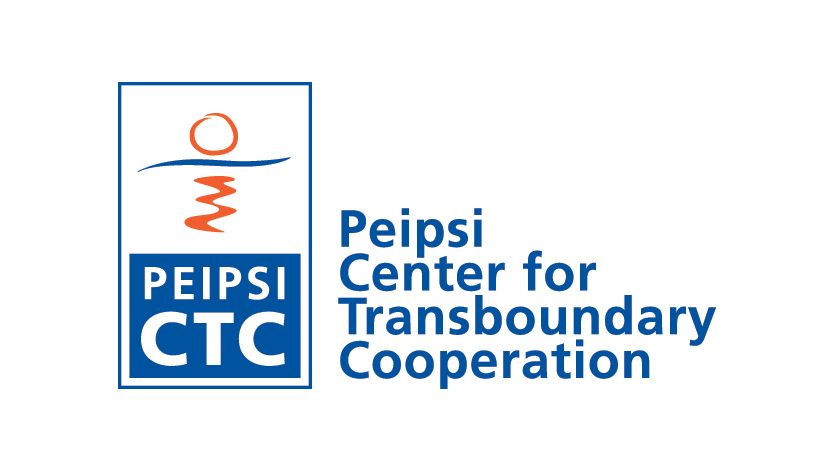

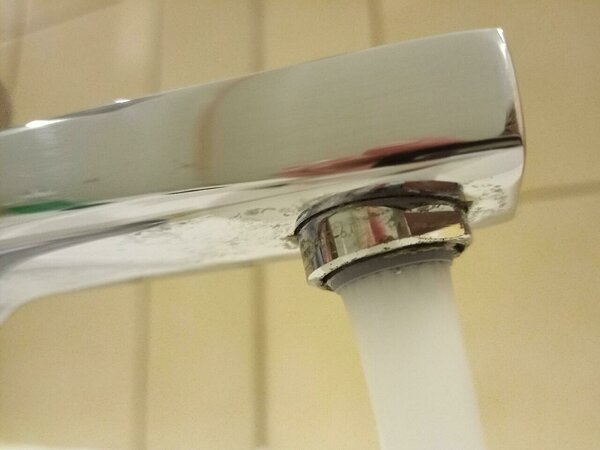
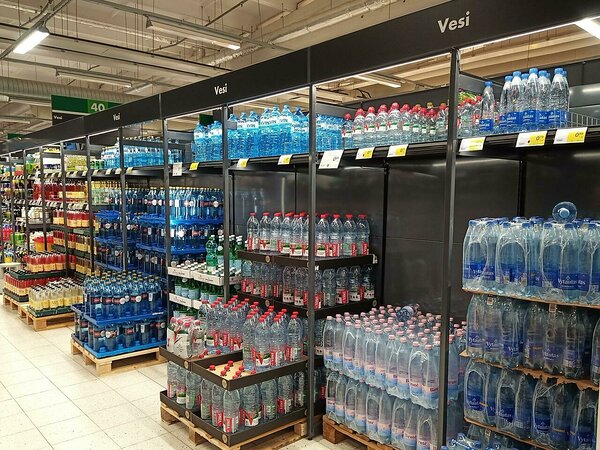
-1_block.jpg)
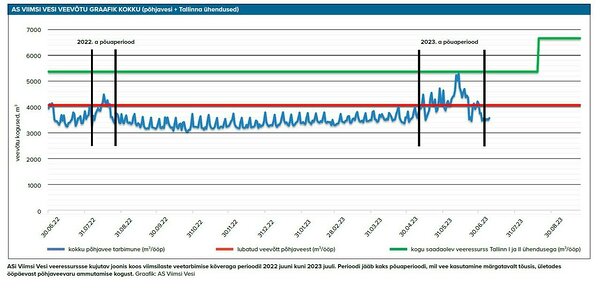

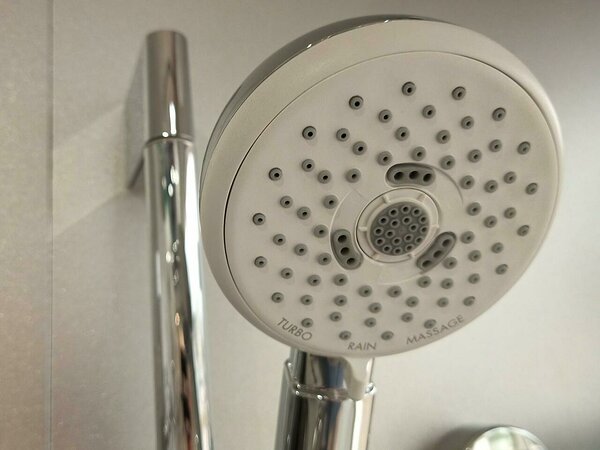
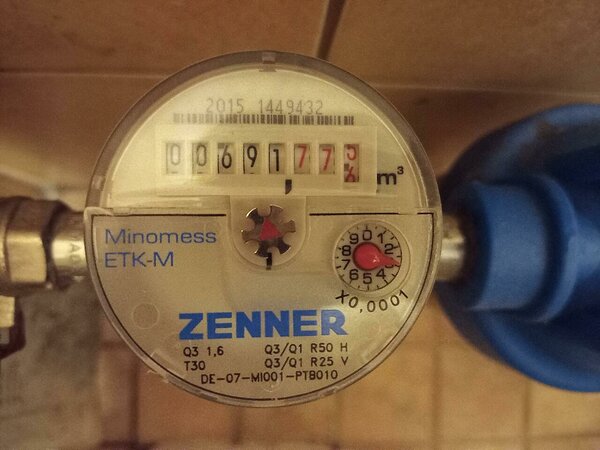
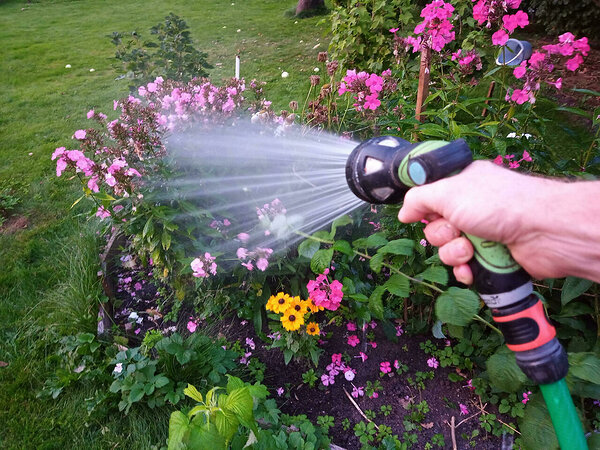
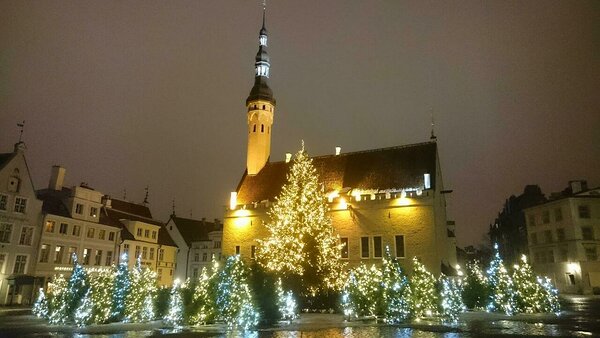
_block.jpg)
